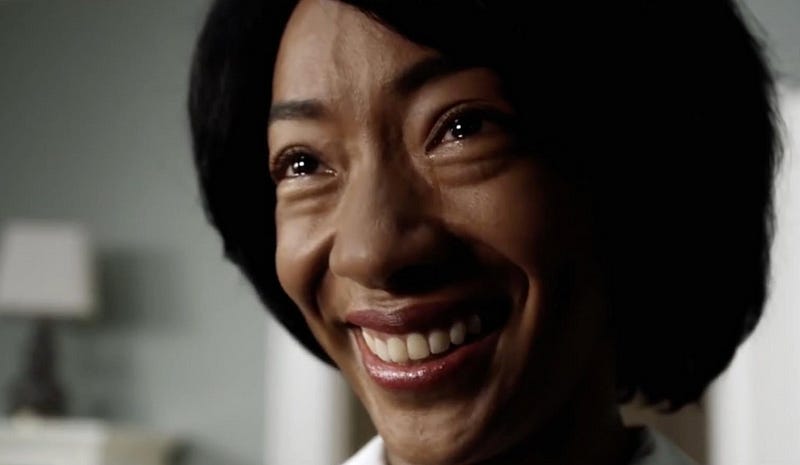‘Get Out’ Stands as One of the Most Important Horror Movies Ever Made
Jordan Peele’s directorial debut is a timeless horror classic about racial bias
Nearly ten years after its release, Get Out remains every bit as hard-hitting. It drives home bitter truths that were just as difficult to digest and challenging to address in 2017 as they still are today in 2025.
In creating Get Out, writer and director Jordan Peele wanted to instill the message that, despite the progress we’ve…
Keep reading with a 7-day free trial
Subscribe to The Gen Z Report to keep reading this post and get 7 days of free access to the full post archives.


